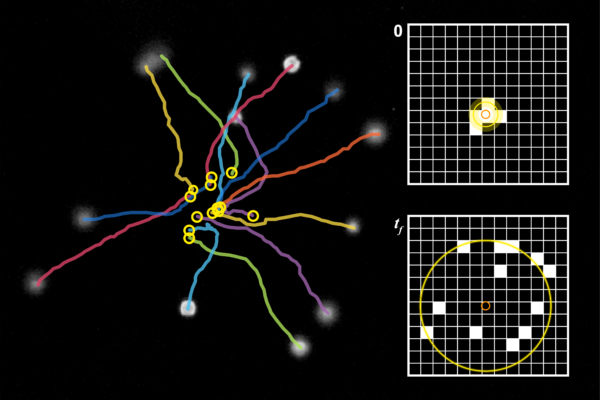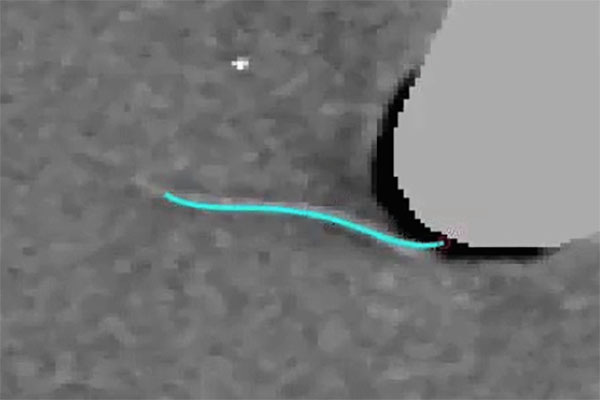Ultrasound used to measure movement of ciliated cells
Researchers at Washington University in St. Louis will now be able to more rapidly study cilia and their dysfunctions thanks to an “acoustic trap” that holds cilia in place without damaging them.
Making waves: Researchers shed light on how cilia work
An interdisciplinary team of researchers from the McKelvey School of Engineering and the School of Medicine have found the most efficient length for cilia, the tiny hair-like structures designed to sweep out the body’s fluids, cells and microbes to stay healthy.
Intellectual disability linked to nerve cells that lose their ‘antennae’
An odd feature of nerve cells may be
linked to several forms of inherited intellectual disability, Azad Bonni, MD, PhD, (pictured) and other School of Medicine researchers have learned. Further research eventually may help in the development of drugs to treat intellectual disability.
Genetic error linked to rare disease that causes chronic respiratory infections
Scanning the DNA of two people with a rare disease has led scientists to identify the precise genetic error responsible for their disorder, which causes persistent lung, sinus and ear infections, male infertility, and sometimes a reversed orientation of major organs in the body. The defect affects hair-like structures called cilia that extend from many cells in the body.
Focusing on one cell
Most people don’t think highly of pond scum, but for Susan Dutcher, PhD, professor of genetics and of cell biology and physiology at the School of Medicine, the single-celled green algae Chlamydomonas are incredible creatures worthy of her life’s work.


